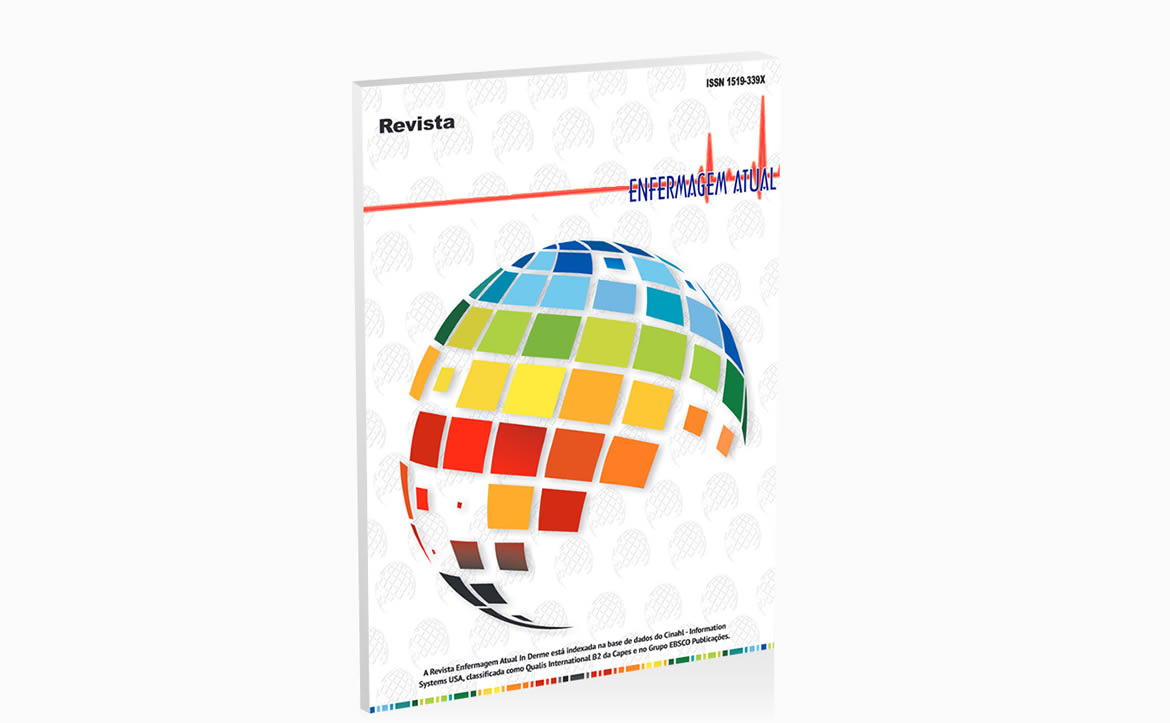Segurança do paciente: importância da identificação do paciente na prevenção de eventos adversos
Patient security: importance of patient identification for the prevention of adverse events
DOI:
https://doi.org/10.31011/reaid-2019-v.87-n.especial-art.155Resumo
Objetivos: descrever a identificação dos pacientes e sua importância na prevenção de eventos adversos. Metodologia:
estudo analítico e de corte transversal. Participaram 187 pacientes e 40 profissionais. Os dados foram coletados por meio
de entrevistas. A variável finalidade e importância da identificação correta foi dicotomizada, aplicado regressão de Poisson
bivariada, os valores p < 0,20, potenciais fatores de confusão e mediadores foram incluídos na regressão de Poisson. Resultados: entre os pacientes que atribuem importância na identificação, foi independentemente associado ter escolaridade
superior há 12 anos, (Razão de Prevalência Ajustada: 1,69; IC 95%: 1,29-2,21; p < 0,001), possuir alguma identificação visível
(Razão de Prevalência: 1,31; IC 95%: 1,04-1,64; p = 0,017) e acreditar que possuía condições de colaborar para evitar
eventos adversos (Razão de Prevalência: 1,57; IC 95%: 1,20-2,05; p < 0,001). Conclusão: os resultados revelam riscos e
vulnerabilidades quanto à forma de identificação dos pacientes no serviço e requerem ações de educação continuada no
manejo deste cenário.
Palavras-chave: Assistência à Saúde; Assistência ao Paciente; Segurança do Paciente; Profissionais de Enfermagem; Efeitos
Adversos de Longa Duração.
ABSTRACT
Objectives: to describe the identification of patients and their importance in the prevention of adverse events. Methodology: cross-sectional and analytical study. 187 patients and 40 professionals participated. Data were collected through
interviews. The variable purpose and importance of correct identification was dichotomized, applied bivariate Poisson
regression, p values <0.20, potential confounders and mediators were included in the Poisson regression. Results: among
the patients who attribute importance to the identification, it was independently associated with higher education for 12
years, (Adjusted Prevalence Ratio: 1.69, 95% CI: 1.29-2.21, p <0.001), had some visible identification (Prevalence Ratio: 1.31,
95% CI 1.04-1.64, p = 0.017), and believed that it had conditions to collaborate to avoid adverse events (Prevalence Ratio:
1.57, 95% CI: 1, 20-2.05, p <0.001). Conclusion: the results reveal risks and vulnerabilities regarding the way patients are
identified in the service and require continuous education actions in the management of this scenario.
Keywords: Delivery of Health Care; Patient Care; Patient Safety; Nurse Practitioners; Long Term Adverse Effects.












